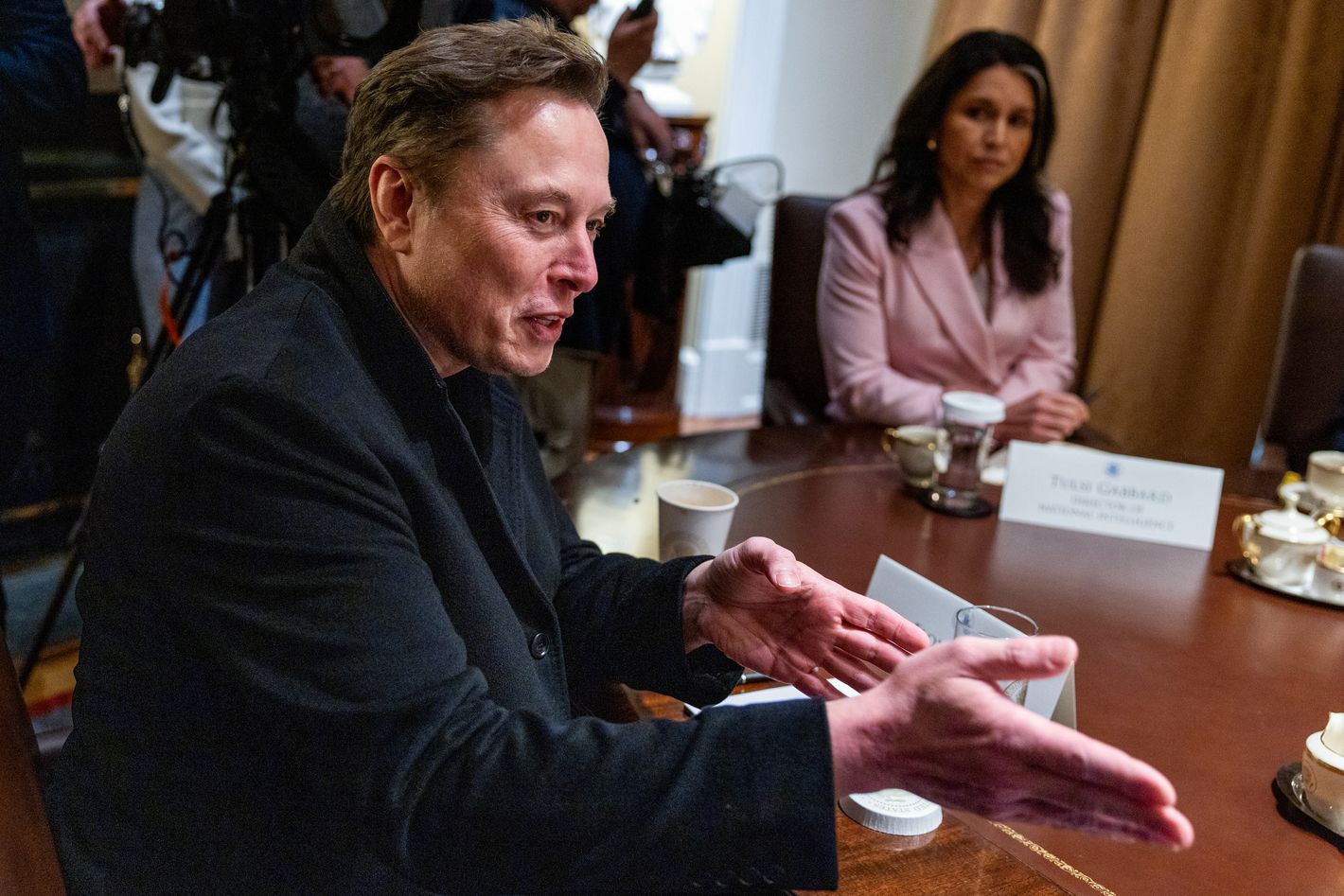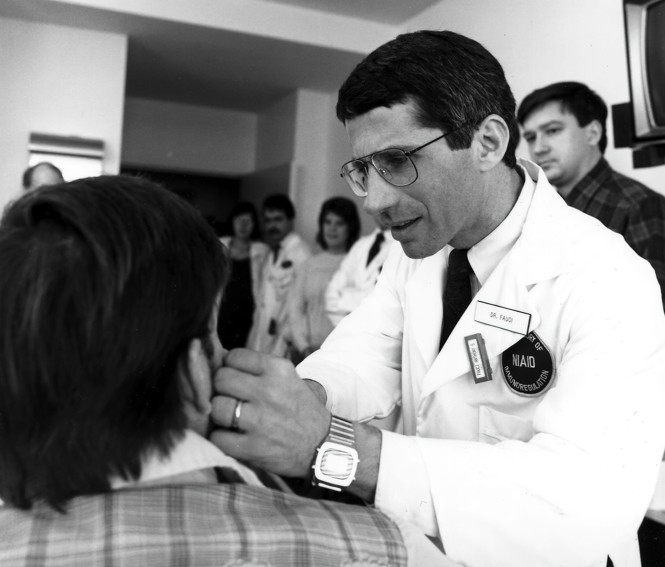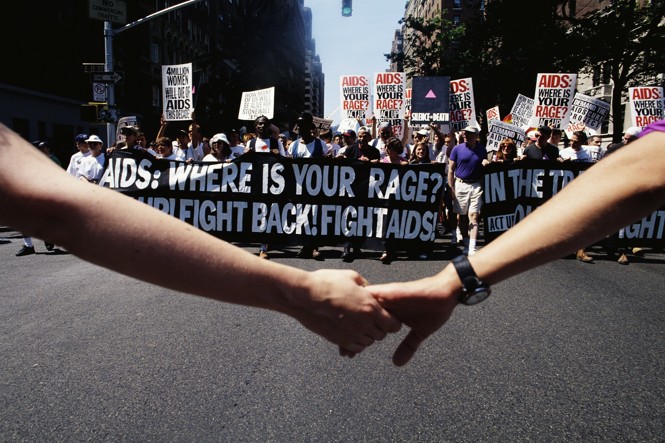I am torn between "This kind of amateur-hour bullshit is why they will not succeed. If you're going to be a properly tyrannical government you have to have your paperwork in order and your threats have to be credible threats, not just random bullshit with every email you can find put into 'BCC'" on one hand, and on the other hand "No one says she won't get her door kicked down and whisked away even though she didn't do anything wrong at all, just because she's one of the class of people who's historically been exempt from it. They definitely will start doing that to citizens at some point, it's just up in the air how soon it will start and how much resistance there will be."
PhilipTheBucket
This will definitely get their attention.
So did the Reichstag fire.
After all, what are we going to do? Elect someone else like them?
This is a really good question.
Starting from about 1992, all the way culminating in the 2020 BLM protests, there was absolute fury about police brutality in this country. It got written down in the media as just senseless rage, a spasm of violence that periodically overtook certain cities. Buildings burned, people died. But there was actually a lot of intent behind it. The LA riots that restarted this grand mid-century American tradition didn't happen until after the acquittal. They beat the fuck out of this guy for a long, long time, just pounded him on the asphalt with nightsticks like the gang members that some of them are. People were mad when that happened but it was peaceful mad. But then, because of the bizarro-world media landscape and public consciousness level at the time, a jury of peers took a look at all that and said "Well, but they're the police, that's allowed."
And, that day, the fuckin' city went up. Sublime wrote a song, Koreans became a meme, and so on. We all got to watch on TV while people stopped a truck driver and dragged him out and chucked bricks at his head while he was bleeding on the ground.
It happened again and again, after that, once video recording devices became common enough that people could see what was going on and communicate the raw reality to other people. It wasn't just some isolated rumors from "the black community." But the lock on media and public consciousness is powerful. The nightly news couldn't understand it. Why are "they" burning their own city? Why this violence? Police brutality was a "debate."
Anyway, the cities kept burning. LA, Baltimore, Kenosha, St. Louis, Ferguson, St. Paul. People threw bricks and bottles and fireworks at the police, burned police cars when they could. Police had mace and tear-gas and "rubber" bullets and liked to initiate violence from their side anyway, whether the crowd was peaceful or not, and the existence of some separate rioters separated by miles or years is really all it took to "justify" it against peaceful protests. Also, it only took one Baltimore before every department in the country laid into a bunch of surplus military equipment and started looking into water-cannons, sonic weapons, developed techniques and procedures for arresting hundreds of people at a time or just randomly hurting them as an alternative.
And, through all of that time, nothing really changed all that much with the police brutality.
Anyway, starting in about 2012, The Daily Show started reporting passionately on police brutality. For the first time, someone with an audience in the tens of millions was using their platform to yell about what a problem it was. To look into the camera and simply, passionately explain in detail what the fuck was happening, why and how people were being lied to about it, what some of the answers could be.
That didn't fix it, of course. Up until 2020, you could still have a Breonna Taylor or a Jacob Blake and the officers would be fine. Now at this point, I will probably diverge from the Lemmy consensus. I think that after the BLM protests, policing changed radically in this country. I actually don't think top-down reform had too much to do with it. I think the absolutely historic scale of the BLM protests, and the groundwork of consciousness that had been laid over years and years of just accurately communicating what was happening, was strong enough to make people decide to do things differently.
Actually that cop that talked at the 2024 DNC talked about this. He very explicitly said, my whole mindset for policing used to be very backwards, I used to think some of these things were okay. It's "use of force." Of course we can apply techniques to get compliance if someone is "resisting." But, now that he sees things differently, he is reforming his department, trying to get rid of cash bail, doing some of these things that the activist community has been talking about for decades. I think most of police reform happens because of things like that. Which is why it hasn't been happening in departments that don't want that (looking at you NYPD).
I think the justice system in this country has a long way to go before it is "justice," not least of which because the economic opportunity and social contract that a person is presented with is inextricably linked to any "criminal" choices they're going to make in their life. But I actually think day-to-day policing is one of the areas that's had the most reform. You can notice that most of those walls of names of unarmed people shot because they made the police nervous or for no reason at all pretty much ends in 2020.
Why did that happen?
Millions of people in the streets.
A change in consciousness, an awareness by people who aren't affected by the problem, directly communicated to them about what is even happening and why it is a problem.
The threat of direct action. I do think burning down the police station in the precinct where George Floyd died had quite a lot to do with initiating that police reform. It's a powerful symbol that the people, directly and literally, won't take no for an answer.
Why didn't that happen? Why am I even talking about this, as an answer to this apparently unrelated question?
Well, the riots definitely didn't do much. They were happening for decades without any result that was perceptible to me. I'm not saying people weren't justified in doing them but I'm just looking at what works and what doesn't.
I think if people's consciousness isn't there, then getting violent to try to punish the people who you feel need to be punished, to change the system by naked force, is usually counterproductive. Definitely if your opponents are completely comfortable with naked violence, it is.
Think if, instead of the 2020 BLM protests, we'd had people sneaking around and randomly setting fire to police chiefs' houses. Or police precincts.
Would that have helped?
...
If you have millions and millions of people on your side, aware of the problem and willing to get into the streets to take action on it, then you're a long way along towards solving the problem. If you don't have that, but you want to initiate some random violence to even the scales, then that violence can come back on you many, many, many times over. And usually does, historically.
It's very bad.
Honestly, even if he were one of the bad guys it would be bad. The rarity of naked stochastic violence as a thing to be employed against "enemy" politicians is one of the few teetering guard-rails that is still in place. I don't really know much about the guy except for his vocal support for Israel (which is a significant sin) but burning down politician's houses cannot lead to good things.
Because frankly you don’t know enough to know any better.

I had more typed, but what's the point. I feel like I've said everything I really wanted to say on it. Like I said, enjoy your point of view and I hope it goes well for you.
Yeah. It is rules 1, 2, and 3 that when a low-level employee does this kind of thing for you, you don't publicly thank them or identify them by name and possibly get them in trouble. Your greatest and most sincere thanks is represented by you agreeing to keep quiet.
Melissa will probably be fine, but maybe not. Just take the cookies.
“Never delete anything on your computer because it might be needed”?
No. That's a whole new sentence.
I gave two other options, besides that one option.
Also, even within the one option, if at some point I upgraded my Linux system and I got an empty /var/www directory, it would never in a million years occur to me to say "Well that's stupid I don't want that directory" and remove it.
I might think it's stupid that it's there when I don't have apache. But, deleting it because it's stupid that it's there... you know what? I feel like I already addressed this with the /tmp and /var/tmp example. I can feel that it's stupid that there's two of those instead of one. I might be right. You're not wrong about it being silly that MS has done this. But reacting to that feeling by deleting things until my system matches how I think they should have set things up is a recipe for broken stuff.
I've reiterated this point three times now, which is enough. You seem committed to not absorbing it. Good luck with your computers in the future. I hope your system administration philosophy serves you well.
- Bill Barr
- John Bolton
- Pat Cipollone
- Cassidy Hutchinson
Somehow these guys never see it coming lol.
They never think their name is going to go on the list in the future. It can't! After all, Trump is famously consistent and fair. We just have to stay on his good side forever. Easy as pie.
Also:
- Gen. Kenneth McKenzie (Ret.) – Former CENTCOM commander
- Gen. Mark Milley (Ret.) – Former chairman of the Joint Chiefs of Staff
I fucking implore you man.
It is one of the wild underappreciated facts of Washington is that you have lots of people running around in it who literally used to kill for a living, like in a super professional and highly skilled sense. And now they have tons and tons of friends who still do it and have quite a lot of connections and respect among them. And somehow Kash Patel has lived for so long in his nerf life that he thinks that picking a fight with them is just a matter of making friends with the right people and telling the right other people to go and do it and everything will work itself out more or less without much difficulty beyond all of that.
He's only still alive after writing this book because not everything in Washington operates according to the kind of Russia-style gangster capitalism he thinks he wants to exist in. But that doesn't mean they are defenseless against him.
It's just a matter of scaling, and what they think they can get away with.
That's why they keep probing the system for people who will cooperate with them. Eric Adams says we can use Rikers. El Salvador says we can use CECOT. Presumably they could be using ICE's detention centers, but they're already full and then some, so that's no good. There aren't really a lot of options. I assume that private prison companies are silently building frantically, getting ready, but that kind of thing takes some time, especially if you want to keep it quiet.
They're also probing the system for what people will fight back against. They tried ICE going out as they've always done, but people have started gathering around ICE, yelling at them, taking video, refusing to open the door or help them find the people they're trying to snatch. That's no good. It pokes a hole in their aura of invincibility. Because, at the end of the day, they don't have warrants, they don't have the cooperation (mostly) of local law enforcement, nothing they're doing is legal. And I'm sure that always in the back of their mind is, what happen if people really start to fight back? For real? So, they have to scale it back. Wear masks and plain clothes. Bust a handful of vulnerable people and see what happens from that. Depend on existing pathways ("immigration enforcement" for people on visas, even if it has nothing to do with their immigration status).
It is both heartening how far afield they have to go to find people who will go along with this bullshit, while also being pretty terrifying that no one's trying to actually stop them. They're probing the lines of what will get real resistance, because they know they're too weak to just bluster into big cities busting down all the Democrats' doors. They don't want to overreach.
Yet.
Who knows what this year will bring.
?
I'm just being serious. If your software has some files and directories, and you start fucking with them, it might react badly. It doesn't really matter if you feel like the existence or layout of them is unjustified in some way. Just let them be, or else switch to some other software, or else take responsibility for making sure stuff won't break from you fucking with them. Those are the options. "Delete it on purpose and then whine about how it shouldn't have been set up that way in the first place, if stuff breaks" isn't one of the options.
Also, it's kind of a side note, but it's also weird to me that this is the hill to die on that Windows is up to something. Yes. It's been openly spying on you, degrading its own functionality for amusement, and hijacking your computer to do messed up stuff for a long time. Making an empty directory in the root of C: isn't something you need to get any level of panicked about in addition. There's other stuff you can worry about.
Yeah. It's not even a matter of "do you need it." I don't need both /var/tmp and /tmp. I only need one. But, if I respond to that by deciding to delete one or the other, some stuff will fuck up. That's how computers work.

 Anthony Fauci examining an early AIDS patient at NIH, 1987 (American Photo Archive / Alamy)
Anthony Fauci examining an early AIDS patient at NIH, 1987 (American Photo Archive / Alamy) A crowd of ACT UP activists march down a Manhattan street during the twenty-fifth anniversary celebration of the Stonewall Uprising. (Mark Peterson / Corbis / Getty)
A crowd of ACT UP activists march down a Manhattan street during the twenty-fifth anniversary celebration of the Stonewall Uprising. (Mark Peterson / Corbis / Getty)
Or just read the post body lol